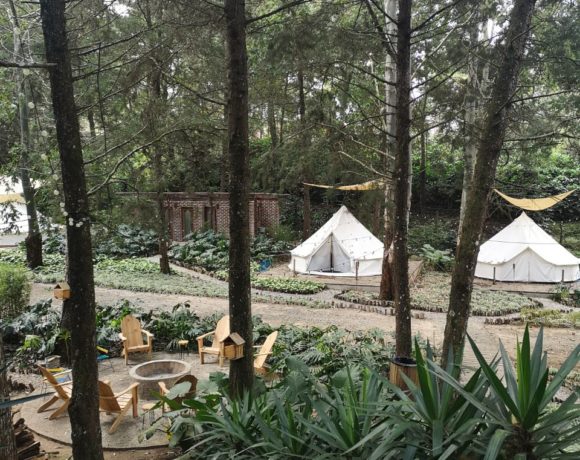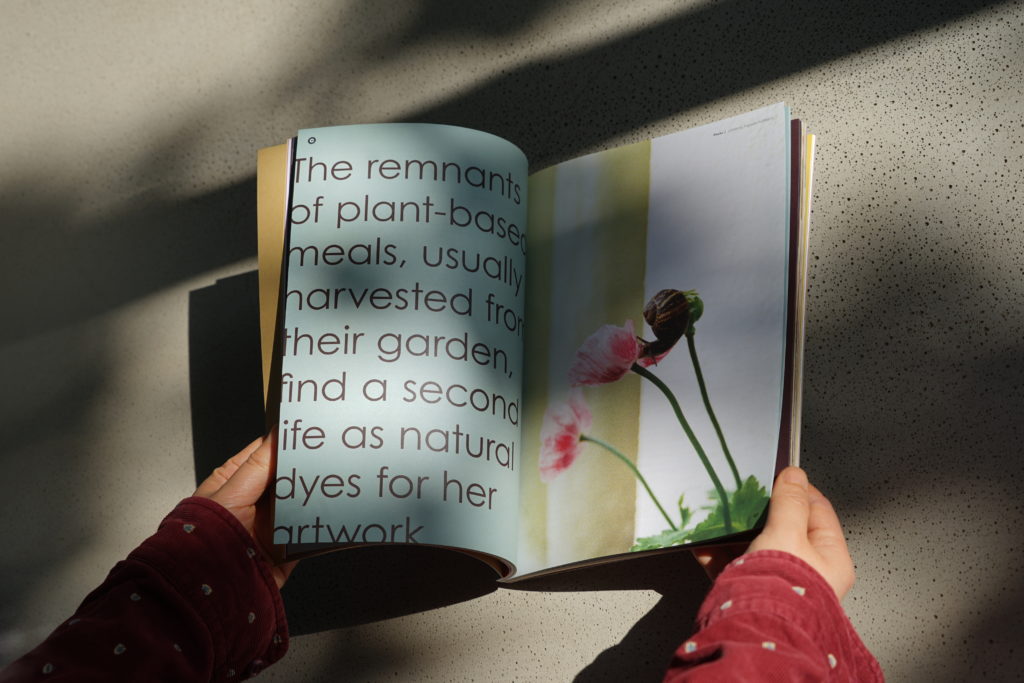This climatic phenomenon was already one of the great villains of Brazilian coffee-growing for almost a century, causing problems two dozen times, and with devastating losses in the years 1902, 1918, 1975, and 1994. In 1975, the cold practically eradicated coffee in the state of Paraná, at the time one of the largest coffee producers in the country. Frosts in their most severe level are known as “Black Frost” because the temperatures are so low that they freeze the leaves, branches, roots, and sap of the plants. Although Coffea Arabica withstands low temperatures, it does not have as efficient protection mechanisms as pine trees. Currently, Brazilian coffee growing is distributed in several regions of the country and mostly in areas with less risk of frost but impacts of the order of only 10 percent would affect 221,691 hectares, three times the footprint of New York City.
Impacts on Growing Areas
On the morning of July 1, 2021, a huge number of reports from producers, agronomists, and technicians flowed through the internet, and social networks and news channels across the country filled with pictures.
In the state of Minas Gerais, the most affected cities are located in the south of the state. They include Ibiraci, Três Pontas, Monte Santo de Minas, Três Corações and others.
In São Paulo, a large part of the eastern region of the state known as Mogiana – including Franca, the largest coffee producing hub in the state – had affected crops.
In the state of Paraná, frost reached almost 100% of the area, but according to Cocamar, one of the most important cooperatives in the state, only 10% of the crops were severely affected. In Carlópolis, the main producing city in Paraná, some coffee plantations were left with burnt leaves and a lot of ice on the ground.
On July 21, the farms were hit severely by another frost. The damage this time was far worse, more regions were affected. The difference between the first hit and second wave is that with the second one, farming areas like Cerrado and Minas Gerais South region were stricken more severely. These are also the most important areas of massive coffee arabica production region in Brazil. The first time we had problems but it was mild, and then the severe damage occurred in São Paulo State in the Franca region or High Mogiana. Many of the farmers in São Paulo State areas were hit twice in a row.

Assessing the Damage
The damage caused by the most recent event is still difficult to measure. The first visible indication of damage, one that has been widely observed, is burnt leaves and their subsequent fall. However after the second frost, many plants will need to be replanted if they are less than three or four years old and old trees will be pruned. The loss was heavy but would be hard to figure out the exact numbers until August or September.
Younger crops less than four years old are generally more affected by the cold, as their thinner branches, roots, and trunks are more vulnerable. Another factor is that younger plants have a less dense canopy, which favors the entry of cold air and reduces heat storage the night before the frost.
The cold can cause the formation of microcrystals throughout the plant, but the leaves are the most exposed part of the plant and contain a significant amount of water, which means they end up freezing more easily.
The formation of ice and the contraction of protoplasm are the causes of irreversible damage to membranes and other cellular components, and thus prevent the normal reestablishment of the plant cell metabolism. This causes cell dehydration and cell disruption.
Consequences for the Harvests
Consequences for the 2021 harvest are almost zero, as in most coffee regions the seeds are already fully formed and rigid, so even if the fruit suffers damage, the chance of this seed being affected is minimal. Possible exceptions may occur in cases where there are immature fruits with high water content, but this is also not very representative of the totality of harvested areas in the country now.
The impacts on the 2022 harvest are what may be of most concern to players in the coffee chain. Agronomists begin to estimate how much coffee will be produced in the next harvest season based on conditions in the previous year. In this case, the end of the rainy season in March/April 2021, before the drop in temperatures, will affect plant production in 2022. The vegetation and buds that will create flowers in 2021 and beans in 2022 are already present in the plant. In September, with the increase in temperature and the beginning of the rains, these buds will start to bloom or sprout. The actual damage to the 2022 crop can only be evaluated for sure in August or September. As it starts to rain and temperatures increase this will indicate whether the affected plants will start to sprout, whether or not reproductive buds will bloom.
In the case of no recovery, farmers will prune their trees, creating a direct impact on the 2022 season. In the coming weeks, technicians from the national agricultural company CONAB will most likely make technical visits across the affected regions to begin damage assessment studies, with published data likely to follow in several months.
This article was first posted on Daily Coffee News, Frost Hits Brazilian Coffee Lands, Extent of Damage Not Yet Known on July 12, 2021 and updated by Jonas Ferraresso at the end of the same month.












NO COMMENT